15 Ultra-Rare Airplanes That Changed Aviation History
Aviation history is filled with remarkable aircraft that pushed boundaries and left lasting impressions. Some of these planes were produced in very small numbers, making them rare treasures today. Each one played a significant role in shaping the way people travel, explore, and defend the skies. From pioneering flights across oceans to breaking speed records, these machines proved what was possible in their time. Many are now preserved in museums, while a few remain in private collections. Their stories continue to inspire engineers, pilots, and enthusiasts around the world.
This post may contain affiliate links, which helps keep this content free. Please read our disclosure for more info.
Spirit of St. Louis
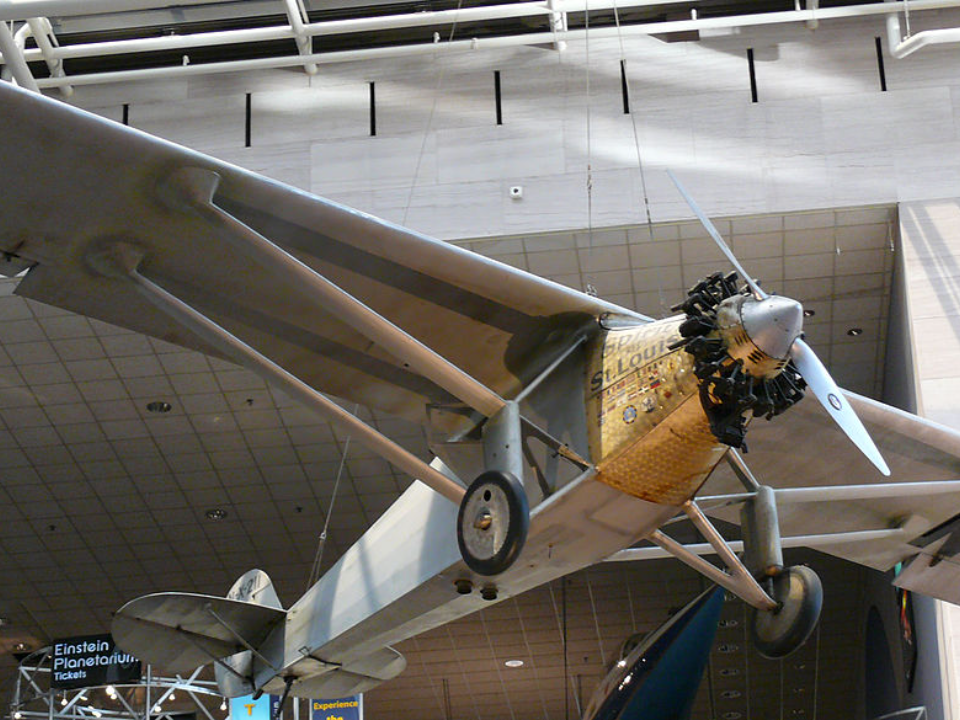
The Spirit of St. Louis is the custom-built aircraft flown by Charles Lindbergh in 1927 for the first solo nonstop transatlantic flight from New York to Paris. This single-engine monoplane was designed for long-range travel, with a fuel capacity of over 450 gallons and a unique cockpit layout that placed the main fuel tank in front of the pilot for safety. It carried no front windshield, instead relying on a periscope and side windows for navigation. Its flight took over 33 hours and covered approximately 3,600 miles.
This historic plane is now preserved in the Smithsonian National Air and Space Museum and is considered one of the most important artifacts in aviation. While it is priceless due to its historical importance, an accurate replica can range from $200,000 to $350,000 depending on construction quality and authenticity. The original aircraft’s value in the open market would likely reach well into the tens of millions due to its unmatched place in history. Collectors regard it as a one-of-a-kind symbol of early aviation progress.
Lockheed Vega 5B
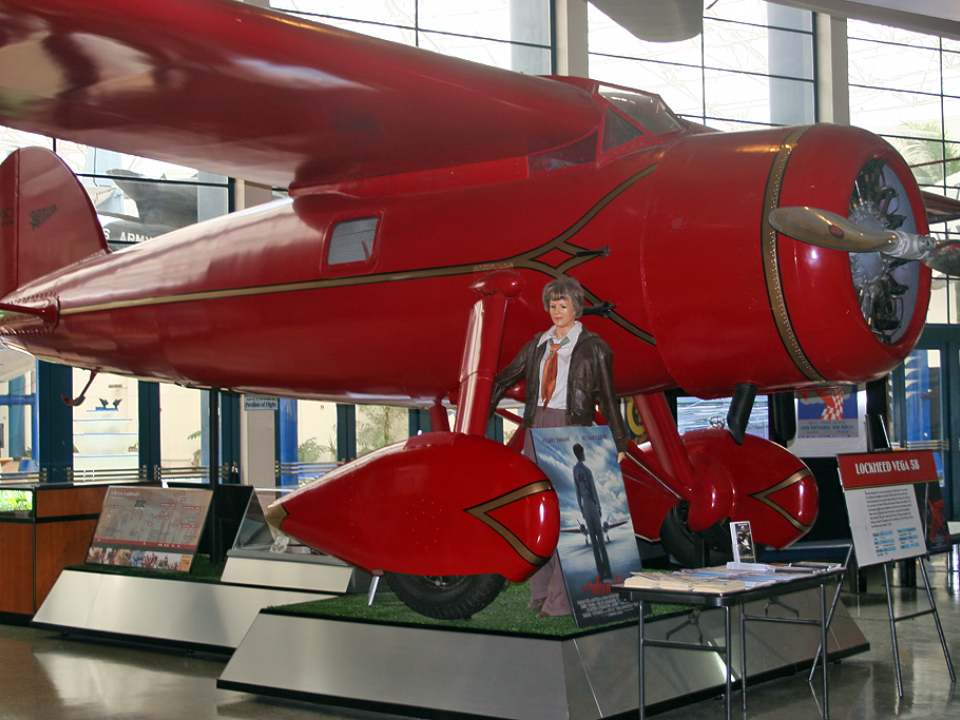
The Lockheed Vega 5B was made famous by Amelia Earhart when she flew it solo across the Atlantic in 1932. This high-wing monoplane was known for its strong wooden construction, streamlined design, and powerful Pratt & Whitney R-1340 Wasp engine. It had a cruising speed of around 165 miles per hour and a range that allowed for transcontinental travel. Earhart’s flight in the Vega 5B broke records and demonstrated the reliability of single-engine planes for long-distance flights.
The original Vega 5B flown by Earhart is displayed at the Smithsonian National Air and Space Museum. Its market value as a historic artifact would be in the range of $10 million to $15 million due to its cultural and historical significance. Restored examples of other Vega models can be found for $250,000 to $400,000. Aviation historians consider the aircraft a milestone in the advancement of women pilots and long-range air travel.
Bell X-1
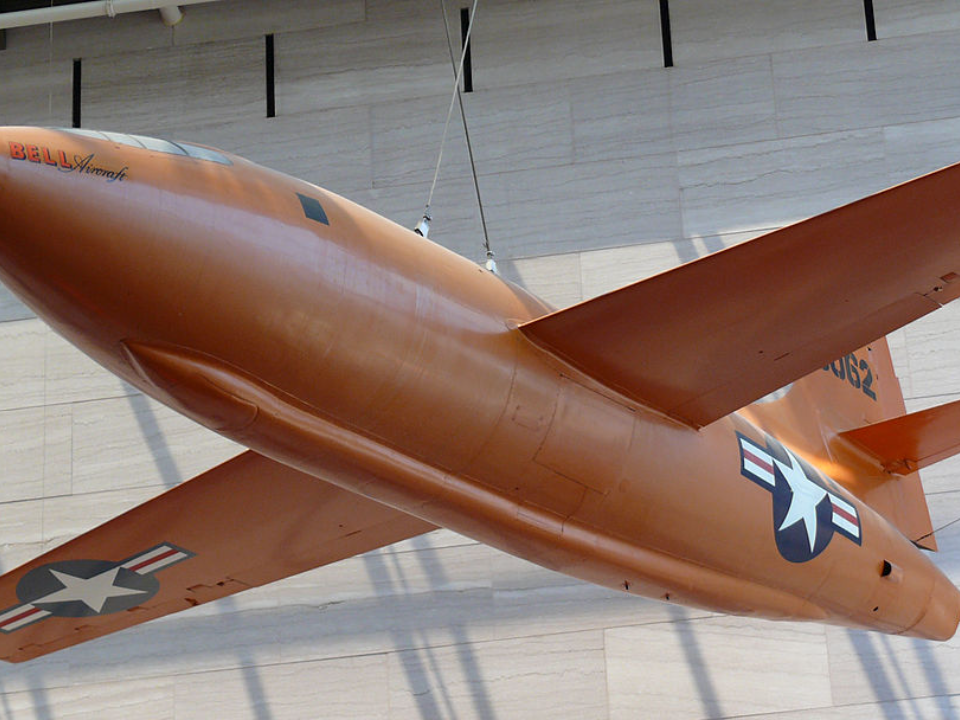
The Bell X-1 was the first aircraft to break the sound barrier in level flight, piloted by Chuck Yeager in 1947. Shaped like a bullet and powered by a rocket engine, it reached speeds over Mach 1 during its historic test flights. The X-1 was launched from a B-29 bomber at high altitude to save fuel for supersonic runs. It proved that manned aircraft could safely operate at supersonic speeds, influencing future fighter and passenger jet designs.
Only a handful of X-1 aircraft were built, and the original Glamorous Glennis is preserved at the Smithsonian. If a Bell X-1 ever appeared in the open market, experts believe it could be valued at over $25 million. Detailed replicas and experimental reproductions can cost $1 million to $3 million. The X-1 remains a symbol of high-speed aviation breakthroughs that reshaped military and commercial flight capabilities.
Concorde Prototype 001
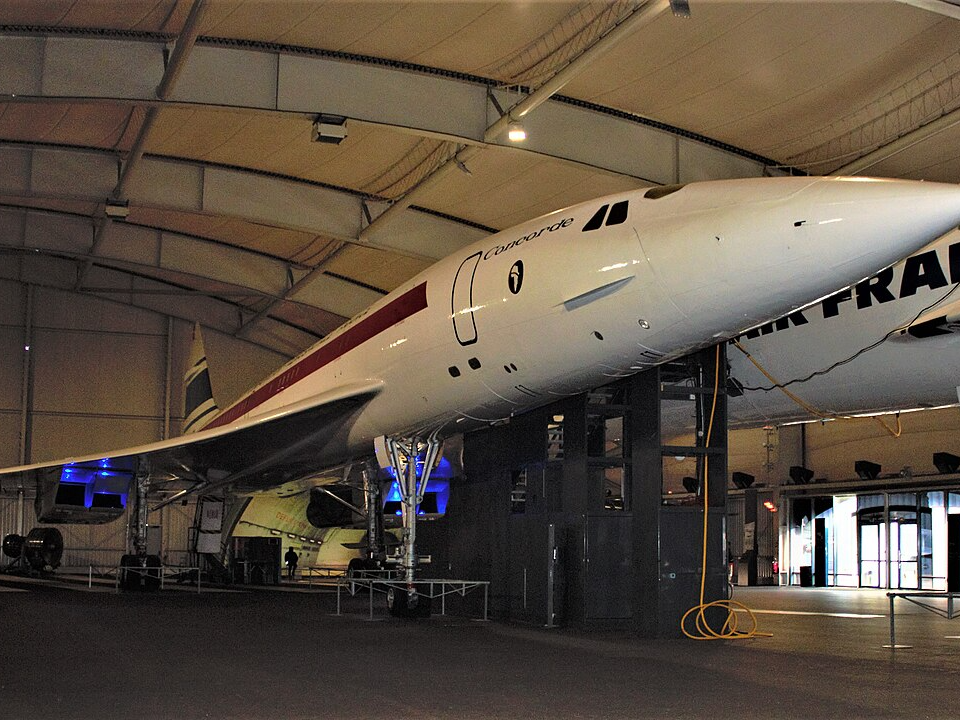
The Concorde Prototype 001 made its first flight in 1969, representing a major step in the development of supersonic passenger travel. Built by Aérospatiale and the British Aircraft Corporation, this aircraft could cruise at speeds over Mach 2 and reach altitudes of 60,000 feet. Its design included a droop nose for better visibility during takeoff and landing, and it offered a unique experience for travelers who could cross the Atlantic in under four hours. The prototype helped prove the concept and performance of what would become the Concorde fleet.
Today, the Concorde Prototype 001 is housed at the Musée de l’Air et de l’Espace in France. Although it will never be sold, aviation experts suggest it would be valued at more than $40 million if it were to enter the market. Retired Concorde jets in private hands have been valued at $15 million to $25 million. The prototype holds unmatched historic value as the starting point for the world’s most famous supersonic passenger aircraft.
SR-71 Blackbird
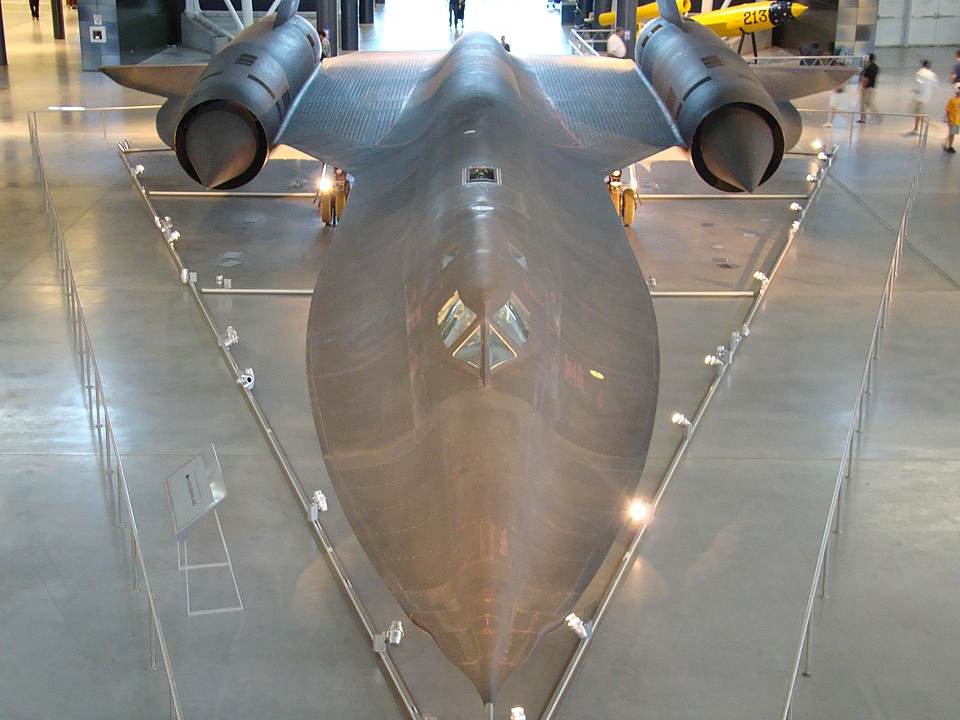
The SR-71 Blackbird was a long-range reconnaissance aircraft developed by Lockheed in the 1960s. Capable of speeds over Mach 3 and altitudes above 85,000 feet, it was designed to outrun threats rather than engage them. Built largely from titanium to withstand extreme heat, the SR-71 could survey thousands of miles in a single mission. Its unique profile and matte black paint helped reduce radar visibility.
No SR-71 has ever been sold to a private collector, but aviation analysts estimate a value of over $50 million for a fully intact and operational model. Museum-displayed SR-71 aircraft are priceless from a historic and technological standpoint. The rarity and performance of the Blackbird make it one of the most admired planes in aviation history, representing an unmatched combination of speed and endurance.
Hughes H-4 Hercules
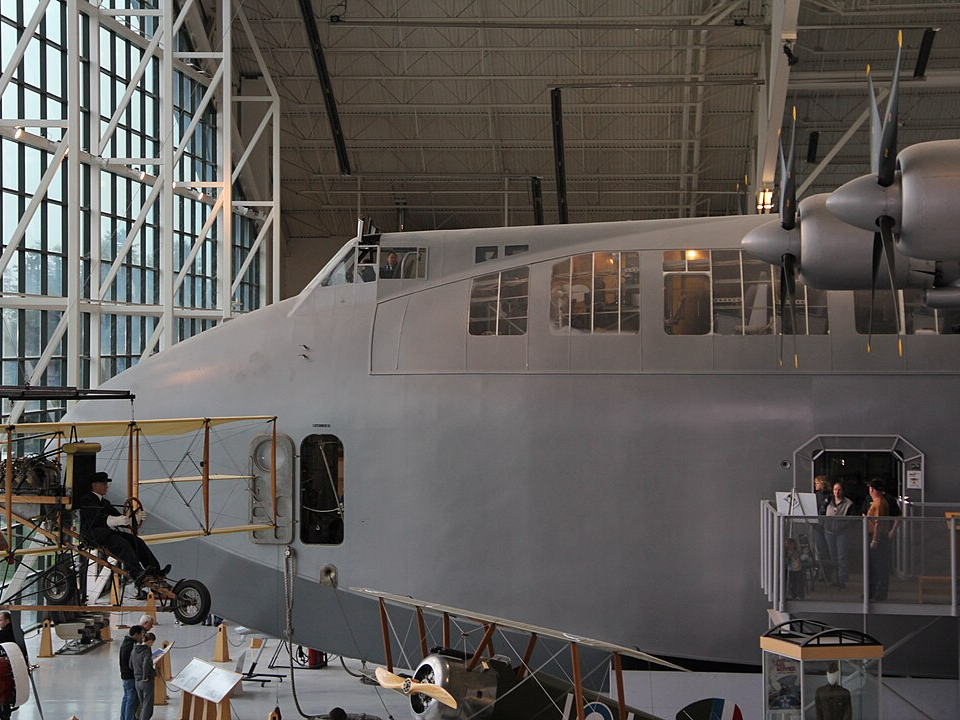
The Hughes H-4 Hercules, also known as the “Spruce Goose,” was designed during World War II to carry heavy cargo across the Atlantic. Built primarily of birch wood due to wartime metal shortages, it was the largest flying boat ever constructed. With a wingspan of 320 feet, it dwarfed other aircraft of its era. It flew only once in 1947, piloted by Howard Hughes, and remained stored in climate-controlled conditions for decades.
Today, the Hercules is displayed at the Evergreen Aviation and Space Museum in Oregon. Its estimated market value, if it were ever sold, could exceed $300 million due to its one-of-a-kind nature. Even scaled-down replicas are valued in the millions. The aircraft is a testament to engineering ambition, standing as a remarkable achievement despite its limited operational history.
North American X-15
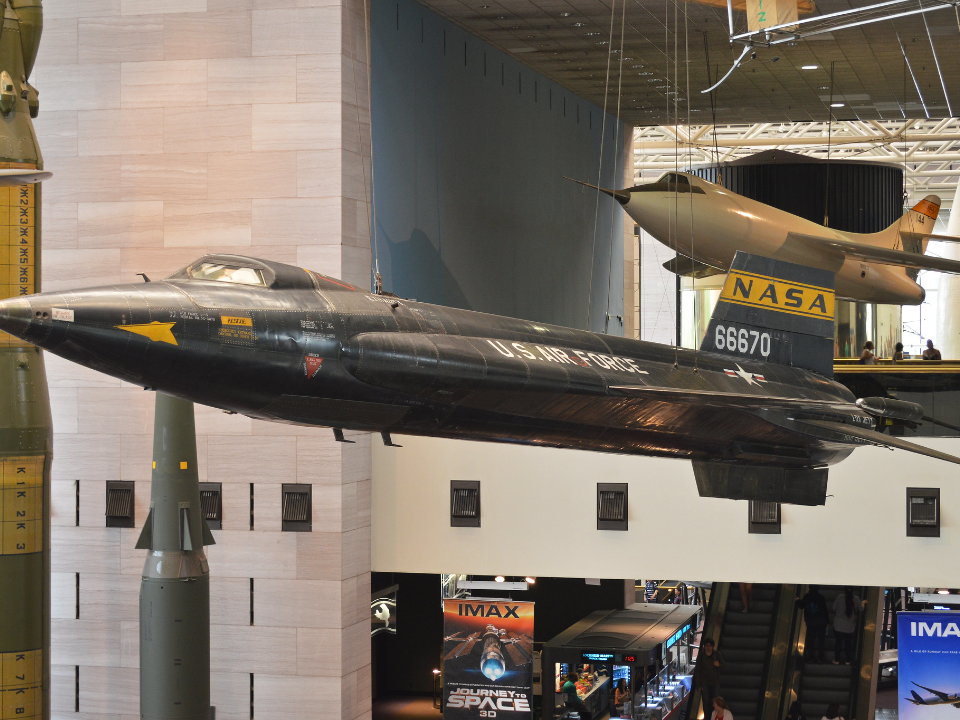
The North American X-15 was a rocket-powered aircraft developed in the 1950s for high-speed and high-altitude research. Pilots reached speeds over Mach 6 and altitudes above 50 miles, effectively entering the edge of space. The program provided vital data on aerodynamics, heat resistance, and control in near-space conditions, influencing both aircraft and spacecraft designs.
The X-15 is preserved in museums, with one displayed at the Smithsonian and another at the National Museum of the U.S. Air Force. If placed on the private market, experts suggest it could be valued at $20 million to $30 million. As a symbol of experimental aviation, the X-15 represents a bridge between traditional aircraft and space exploration vehicles.
Boeing 314 Clipper
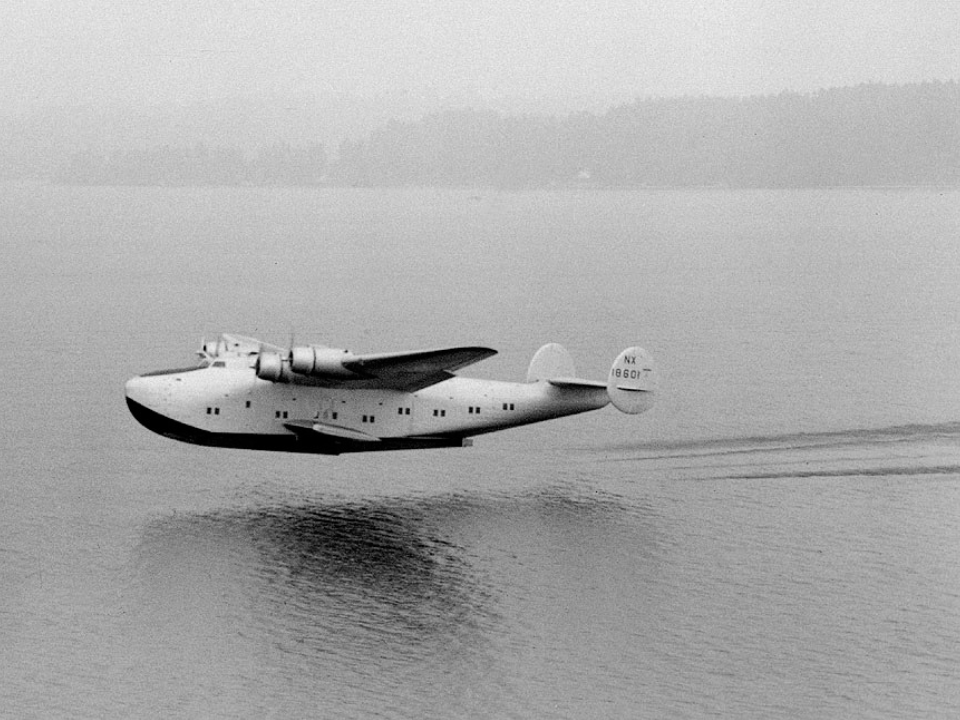
The Boeing 314 Clipper was a luxury flying boat introduced in the late 1930s for transoceanic passenger service. Known for its spacious interiors and smooth water landings, it offered a level of comfort unmatched at the time. It could carry over 70 passengers across the Atlantic or Pacific in an era when such journeys were rare.
None of the original Clippers survived intact, making it one of the most elusive aircraft in aviation history. If a preserved model were found, it could command a market value of $15 million to $20 million. Scale replicas and partial reconstructions have been valued at several hundred thousand dollars. The Clipper remains a symbol of pre-war luxury air travel and the early days of intercontinental flight.
Messerschmitt Me 262
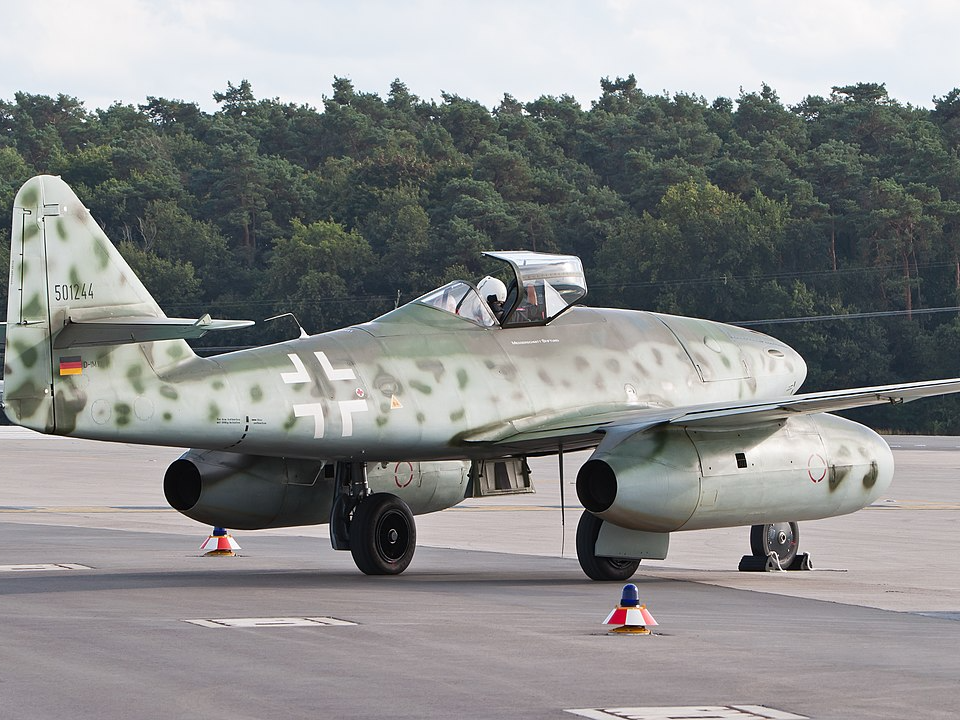
The Messerschmitt Me 262 was the world’s first operational jet-powered fighter, introduced by Germany during World War II. With a top speed of 540 miles per hour, it outperformed all Allied fighters of the era. Its swept-wing design and twin engines influenced the shape of post-war aviation technology. Only a few were built before the war ended, and even fewer survived.
Original surviving Me 262 aircraft can be valued between $6 million and $9 million depending on condition and authenticity. Several flying reproductions have been built using original blueprints, costing around $2 million each. As the pioneer of jet combat aircraft, the Me 262 holds a significant place in aviation history and collector interest.
De Havilland Comet 1
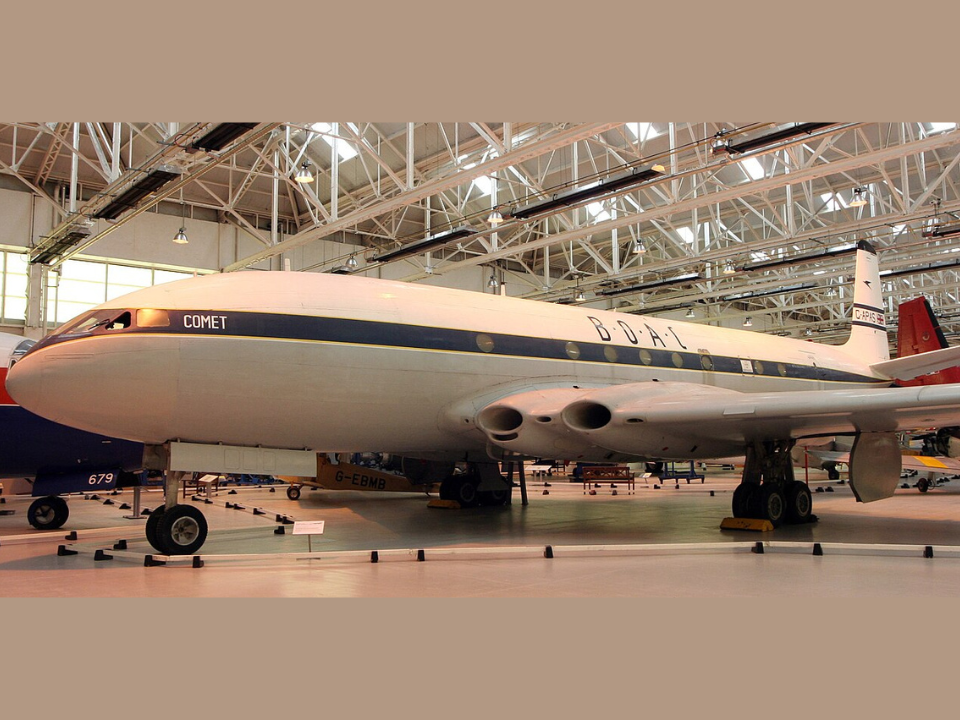
The De Havilland Comet 1 was the first commercial jet airliner, entering service in 1952. It offered speeds and comfort far beyond piston-powered aircraft, cutting travel times dramatically for long-haul flights. Its sleek design and quiet cabin experience set a new standard for passenger expectations. However, early structural issues led to a series of accidents that grounded the fleet and forced significant design changes.
Very few Comet 1 aircraft remain intact, and none are in airworthy condition. A surviving example, restored for display, could be valued between $3 million and $5 million depending on provenance and condition. Later Comet variants, which addressed the initial flaws, can be found in museums worldwide but rarely appear for sale. The Comet 1 remains a milestone in the shift from propeller to jet-powered passenger service.
Lockheed P-38 Lightning
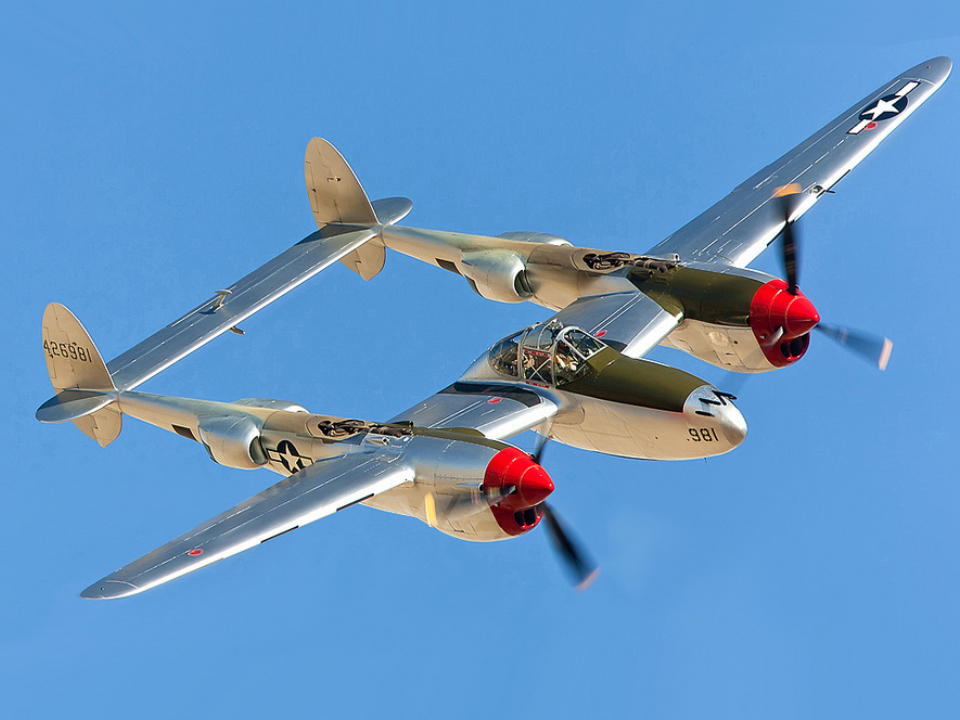
The Lockheed P-38 Lightning was a distinctive twin-boom fighter used extensively during World War II. Known for its speed, versatility, and long range, it served as a fighter, bomber escort, and reconnaissance aircraft. Pilots praised its stability at high altitudes, and it became one of the most feared aircraft in the Pacific theater. Its unique silhouette made it instantly recognizable in the sky.
Fully restored P-38 Lightnings can fetch between $6 million and $8 million at auction. Many surviving examples are preserved in museums, though a handful remain airworthy for historical airshows. The P-38’s combination of performance and unique design makes it one of the most desirable World War II aircraft for collectors and enthusiasts.
Douglas DC-3
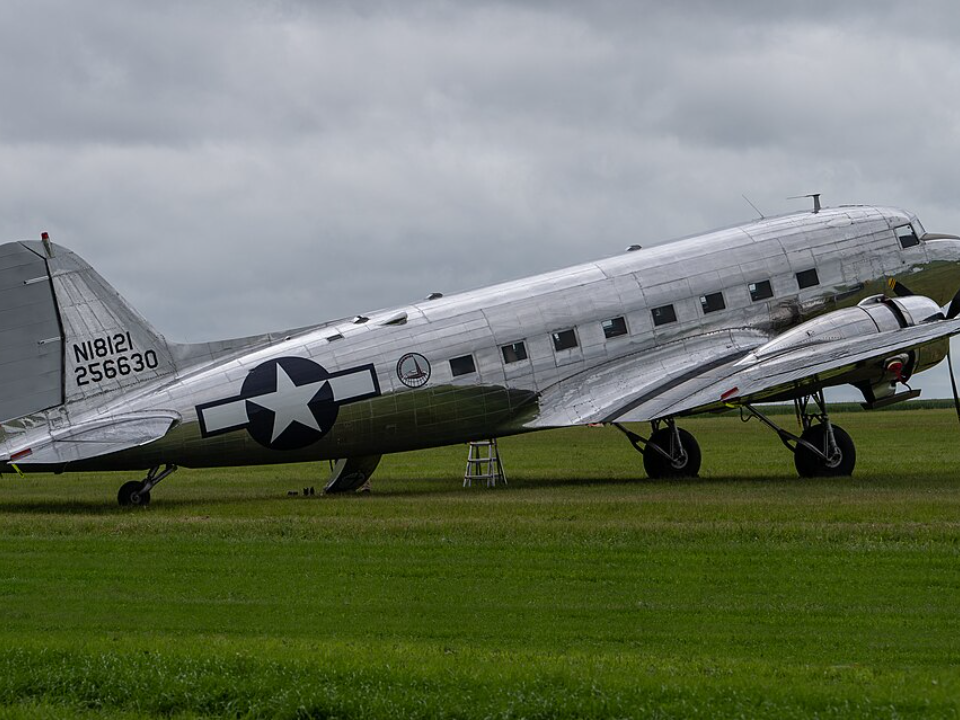
The Douglas DC-3 is considered one of the most important transport aircraft ever built, first flying in 1935. Its reliability, efficiency, and ability to operate from short runways made it a favorite for both civilian airlines and military operations. During World War II, it was adapted into the C-47 Skytrain for troop and cargo transport. Many DC-3s are still in service today in remote parts of the world.
Airworthy DC-3 aircraft typically sell for between $250,000 and $750,000 depending on condition and upgrades. Historically significant models with documented wartime service can reach over $1 million. Its legacy as a dependable workhorse ensures that the DC-3 remains one of the most respected planes in aviation history.
B-29 Superfortress “Enola Gay”
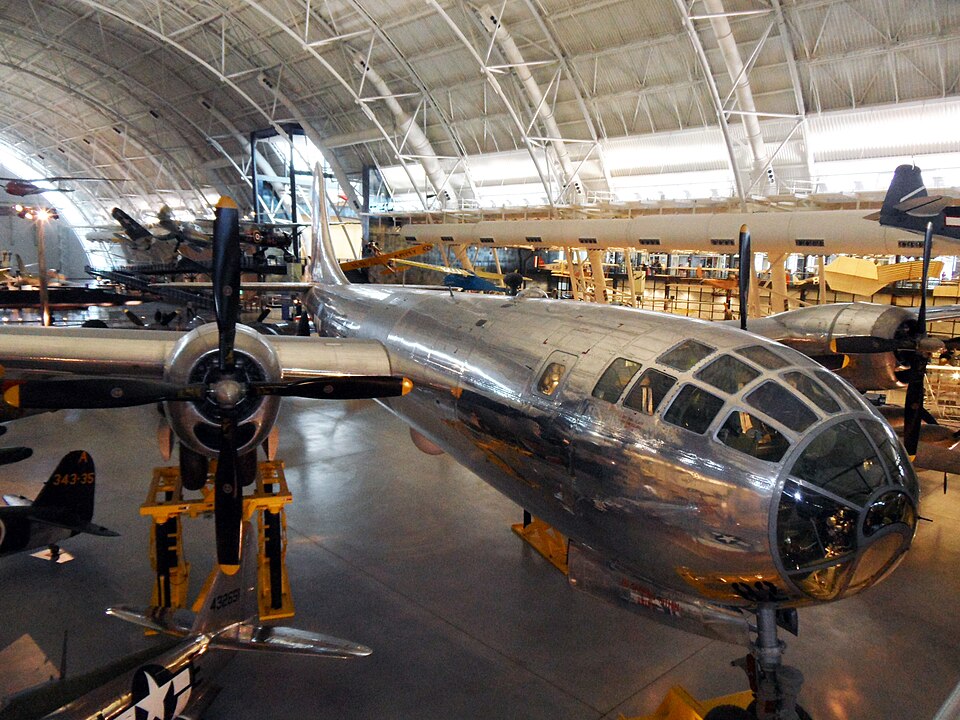
The B-29 Superfortress “Enola Gay” was the aircraft that dropped the first atomic bomb on Hiroshima in 1945. As one of the most advanced bombers of World War II, it featured pressurized cabins, remote-controlled gun turrets, and a range of over 3,000 miles. Its role in ending the war makes it one of the most historically significant aircraft ever built.
The Enola Gay is preserved at the Smithsonian National Air and Space Museum and is considered priceless. Other restored B-29 aircraft have sold for between $5 million and $10 million. With fewer than 30 complete examples surviving, it remains an extremely rare piece of aviation history.
Fokker Dr.I Triplane
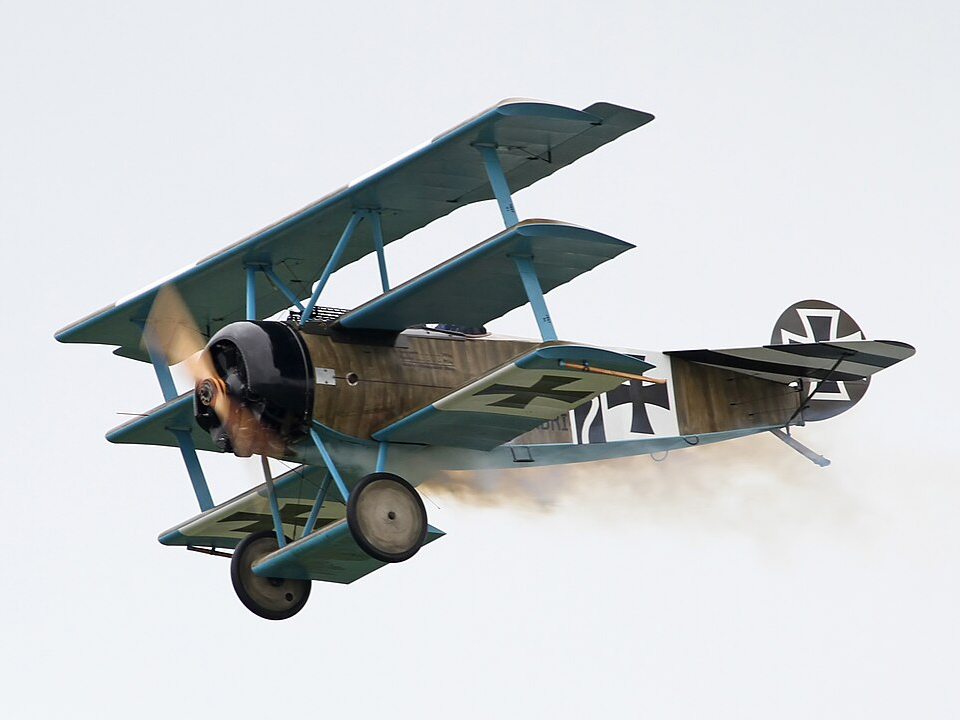
The Fokker Dr.I Triplane gained fame as the aircraft flown by German ace Manfred von Richthofen, also known as the “Red Baron,” during World War I. Its three-wing design offered excellent maneuverability, making it highly effective in dogfights. Although production numbers were limited, its distinctive appearance has made it one of the most iconic fighters of the early 20th century.
Original surviving Dr.I aircraft are valued at $2 million to $4 million, while high-quality reproductions can sell for $500,000 or more. Museums and collectors prize the aircraft for its strong association with one of history’s most famous pilots. It remains a symbol of early aerial combat and aviation heritage.
Avro Vulcan
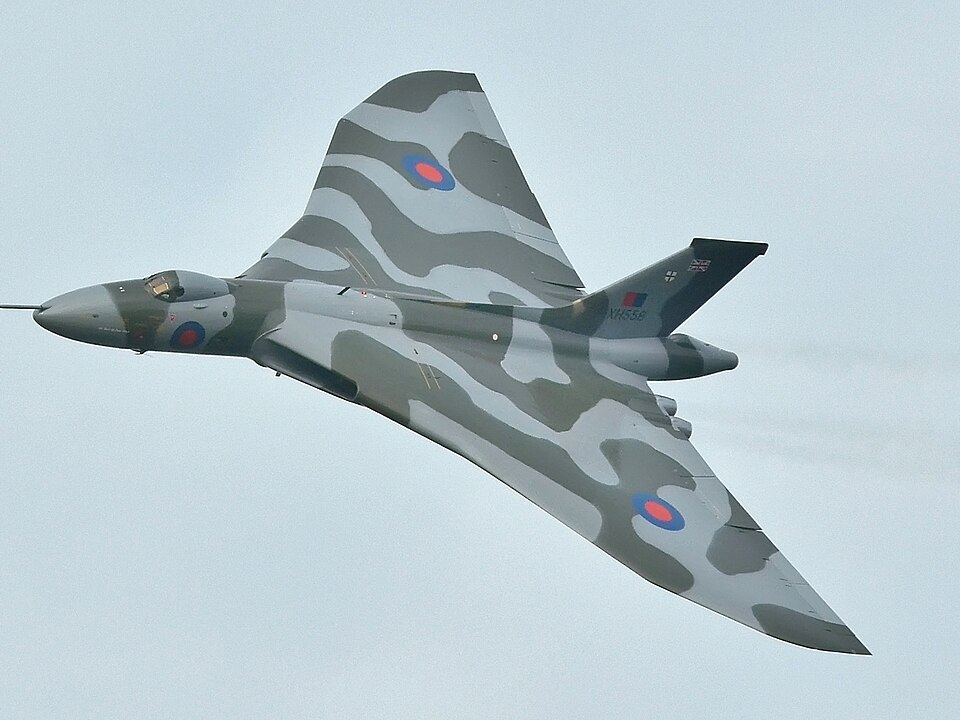
The Avro Vulcan was a strategic bomber developed by the United Kingdom during the Cold War. With its distinctive delta wing design, it could carry nuclear weapons over long distances at high altitudes. It also demonstrated impressive agility for its size, making it a formidable deterrent during its service life. The Vulcan became a display favorite at airshows due to its unique sound and dramatic presence.
Operational examples no longer exist, though one remained flight-capable until 2015. A preserved Vulcan could be valued between $8 million and $12 million depending on its condition and service record. The aircraft holds a special place in British aviation history for its role in both strategic defense and public display performances.
This article originally appeared on Avocadu.
